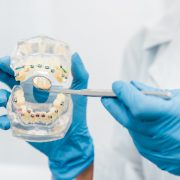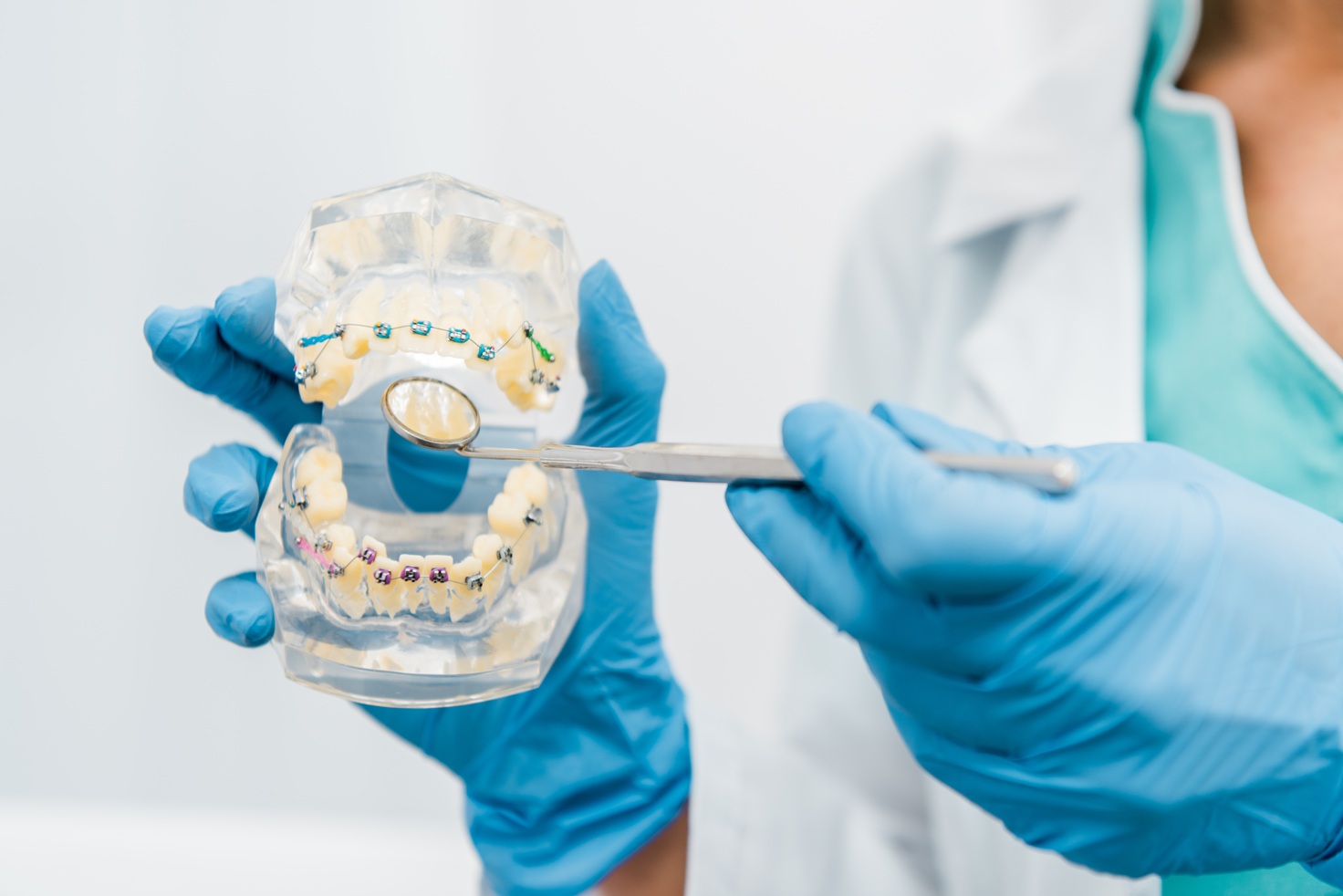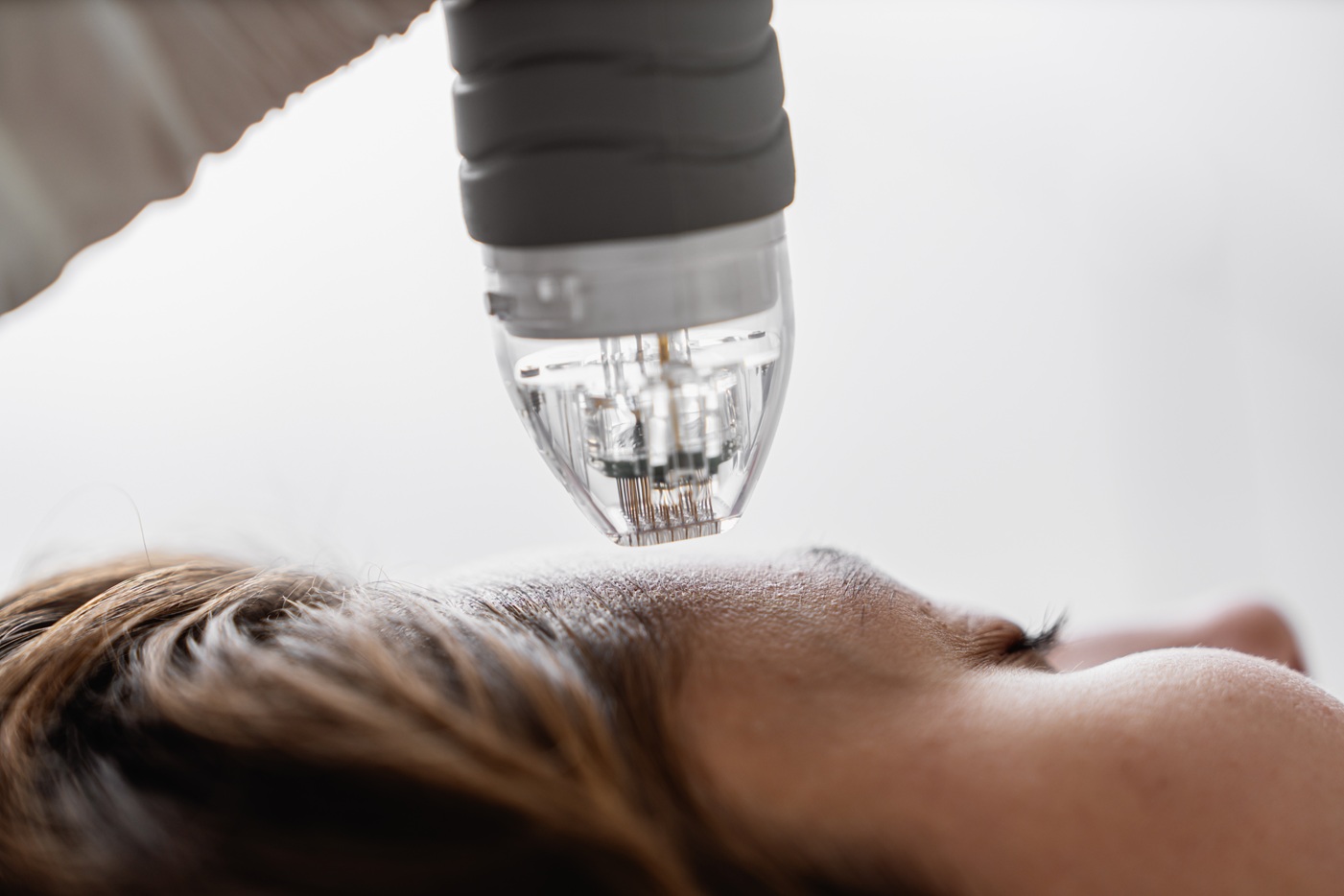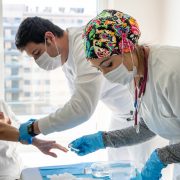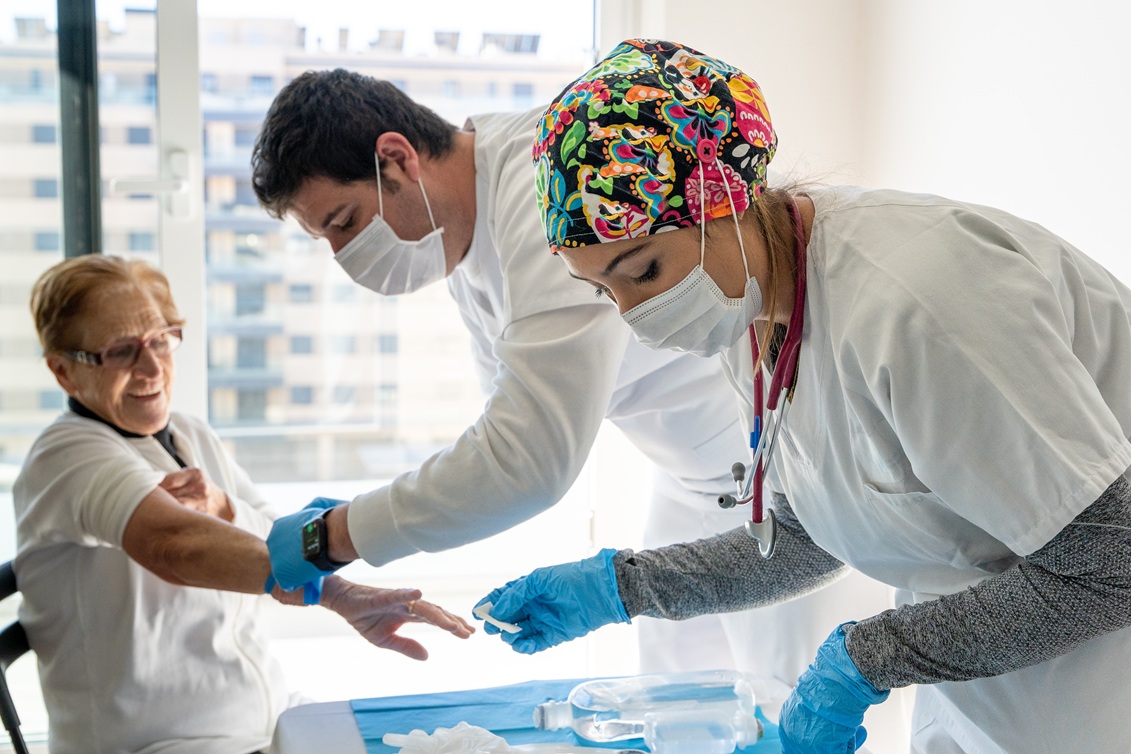Top 15 Zocdoc Alternatives for Healthcare Providers in 2025: Complete Comparison Guide

Healthcare providers are increasingly seeking alternatives to Zocdoc due to rising costs, long-term contracts, and fees charged even for no-shows. With the healthcare scheduling landscape evolving rapidly, providers need platforms that offer transparent pricing, better flexibility, and comprehensive features without breaking the budget. This guide examines the top 15 Zocdoc alternatives available in 2025, helping you find the perfect solution for your practice.
Why Healthcare Providers Are Switching from Zocdoc
Before diving into alternatives, it’s important to understand why thousands of practices are looking beyond Zocdoc:
- Unpredictable Costs: Per-booking fees ranging from $35-100+ that apply even when patients cancel or no-show
- Long-Term Contracts: Multi-year commitments that lock practices into inflexible agreements
- Limited Control: Minimal customization options for branding and patient flow
- Hidden Fees: Additional charges for premium features and integrations
- Scalability Issues: Challenges managing multiple locations or specialties
Top 15 Zocdoc Alternatives for 2025
1. Vosita – Best Overall Alternative
Vosita stands out as Zocdoc’s #1 alternative with its revolutionary flat-fee pricing model that eliminates per-booking charges entirely. Unlike Zocdoc’s unpredictable costs, Vosita offers transparent monthly pricing starting at just $69-$99 per provider with unlimited bookings.
Key Features:
- Flat-fee pricing with no per-booking charges
- Free plan available for basic features
- Virtual Walk-In feature for instant consultations
- Seamless Athenahealth integration (30% of US market)
- Mobile app for iOS and Android
- HIPAA-compliant platform
- Multi-language support
- Automated appointment reminders
- Patient review system
Pros:
- Most affordable option for high-volume practices
- No charges for cancellations or no-shows
- Quick setup and easy integration
- Excellent customer support
Cons:
- Newer platform (founded 2020)
- Smaller patient marketplace than Zocdoc
Best For: Independent practices and small-to-medium healthcare organizations seeking predictable costs and comprehensive features.
2. NexHealth
NexHealth offers a comprehensive patient experience platform that goes beyond simple scheduling to manage the entire patient journey.
Key Features:
- Online scheduling with real-time availability
- Two-way texting and email communications
- Digital forms and paperwork
- Payment processing
- Review management
- Integration with 50+ practice management systems
Pricing: Custom pricing based on practice size
Pros:
- Comprehensive patient experience management
- Strong integration capabilities
- Reserve with Google integration
Cons:
- Can be expensive for smaller practices
- Learning curve for full platform adoption
3. SimplePractice
SimplePractice combines practice management with telehealth and client portal features, making it ideal for mental health and wellness providers.
Key Features:
- Integrated EHR and practice management
- Telehealth capabilities
- Client portal with secure messaging
- Insurance billing and claims
- Automated appointment reminders
- Paperless intake forms
Pricing: $39-99 per month per clinician
Pros:
- All-in-one solution for small practices
- Strong telehealth features
- Excellent for mental health providers
Cons:
- Limited marketing features
- Not ideal for large medical practices
4. Sesame
Sesame focuses on transparent, cash-pay healthcare with upfront pricing for both virtual and in-person visits.
Key Features:
- Direct-to-consumer marketplace
- Transparent cash pricing
- Virtual and in-person appointments
- No insurance requirements
- Prescription services
Pricing: Free for providers; patients pay per visit
Pros:
- No cost to providers
- Attracts cash-pay patients
- Simple, transparent model
Cons:
- Limited to cash-pay patients
- Smaller patient base than established platforms
5. Healthgrades
Healthgrades is primarily a physician directory and review platform that helps patients find and research doctors.
Key Features:
- Comprehensive provider profiles
- Patient reviews and ratings
- Awards and recognition badges
- Premium profile enhancements
- Appointment request feature
Pricing: Free basic listing; premium profiles from $300/month
Pros:
- Large patient audience
- Strong SEO presence
- Credibility through awards program
Cons:
- Limited scheduling functionality
- Expensive premium features
6. Vitals
Vitals combines provider search with patient reviews and wait time information.
Key Features:
- Provider search and comparison
- Patient reviews and ratings
- Insurance verification
- Wait time estimates
- Online appointment requests
Pricing: Free basic listing; premium options available
Pros:
- Comprehensive provider information
- Insurance integration
- Wait time transparency
Cons:
- Limited direct booking capabilities
- Focus on information over transactions
7. PatientPop
PatientPop & Wowbix while they are not directly competitors or alternatives to Zocdoc but they can help your practice grow as they offer growth platforms combining practice marketing with patient engagement tools.
Key Features:
- Website design and hosting
- SEO and online advertising
- Reputation management
- Patient communications
- Online scheduling
Pricing: $700-1,500+ per month
Pros:
- Full-service marketing solution
- Professional website included
- Comprehensive growth tools
Cons:
- Expensive for small practices
- Long-term contracts required
8. LocalMed
LocalMed focuses on connecting patients with local healthcare providers for in-person appointments.
Key Features:
- Real-time appointment scheduling
- Integration with practice management systems
- Mobile-responsive booking
- Automated confirmations
- No patient registration required
Pricing: Subscription-based model starting at $99/month
Pros:
- Simple, user-friendly interface
- Quick implementation
- Good for urgent care centers
Cons:
- No telehealth options
- Limited marketing features
9. Doctolib
Popular in Europe, Doctolib is expanding its presence with comprehensive practice management features.
Key Features:
- Online booking and calendar management
- Telehealth consultations
- Electronic medical records
- Team collaboration tools
- Multi-location support
Pricing: €129-229 per month per practitioner
Pros:
- Strong European presence
- Comprehensive feature set
- Good multi-location support
Cons:
- Limited US availability
- Higher price point
10. Solv
Solv specializes in urgent care and same-day appointments with a focus on convenience.
Key Features:
- Same-day appointment booking
- Virtual queue management
- Walk-in scheduling
- Insurance verification
- Review management
Pricing: Custom pricing based on location
Pros:
- Excellent for urgent care
- Queue management features
- Strong mobile experience
Cons:
- Limited to certain specialties
- Variable pricing by market
11. MDLIVE
MDLIVE focuses exclusively on telehealth services with 24/7 virtual care options.
Key Features:
- 24/7 virtual consultations
- Board-certified physicians
- Prescription services
- Behavioral health support
- Dermatology services
Pricing: Per-visit fees or employer-sponsored
Pros:
- Round-the-clock availability
- Wide range of specialties
- No subscription required
Cons:
- Telehealth only
- Limited provider control
12. PlushCare
PlushCare offers membership-based primary and mental health care with scheduled virtual visits.
Key Features:
- Membership model for ongoing care
- Primary care and mental health
- Prescription management
- Lab test ordering
- Insurance acceptance
Pricing: $14.99/month membership plus visit fees
Pros:
- Continuity of care
- Insurance integration
- Comprehensive primary care
Cons:
- Membership fees required
- Can be expensive with visit costs
13. Carbon Health
Carbon Health combines technology with in-person and virtual care delivery.
Key Features:
- Hybrid care model
- Smart clinic technology
- Integrated health records
- Primary and urgent care
- Corporate health services
Pricing: Insurance-based or cash pay
Pros:
- Innovative care model
- Strong technology platform
- Multiple care options
Cons:
- Limited geographic availability
- Complex pricing structure
14. DemandHub
DemandHub offers automated patient acquisition and retention tools for healthcare practices.
Key Features:
- Automated marketing campaigns
- Online reputation management
- Patient communications
- Appointment reminders
- Analytics dashboard
Pricing: $499-999 per month
Pros:
- Strong marketing automation
- Good analytics tools
- No per-booking fees
Cons:
- Focus on marketing over scheduling
- Higher monthly costs
15. Lemonaid Health
Lemonaid Health provides affordable online healthcare with a focus on common conditions.
Key Features:
- Flat-fee consultations
- Prescription delivery
- Limited specialty focus
- Mobile app
- Transparent pricing
Pricing: $25-95 per consultation
Pros:
- Very affordable
- Simple, transparent pricing
- Quick consultations
Cons:
- Limited conditions treated
- Not for complex healthcare needs
How to Choose the Right Zocdoc Alternative
When evaluating alternatives, consider these key factors:
1. Pricing Structure
- Flat-fee vs. per-booking charges
- Hidden fees and add-on costs
- Contract length and cancellation terms
2. Features and Functionality
- Scheduling capabilities
- Telehealth support
- EHR/PMS integrations
- Patient communication tools
3. Patient Reach
- Marketplace size
- Marketing support
- SEO benefits
- Local market presence
4. Ease of Implementation
- Setup time and complexity
- Training requirements
- Technical support quality
5. Scalability
- Multi-location support
- Provider limits
- Growth capabilities
Making the Switch: Implementation Tips
- Audit Current Needs: List must-have features and pain points with current system
- Request Demos: Test top 3-5 alternatives with real scenarios
- Check Integrations: Ensure compatibility with existing systems
- Calculate ROI: Compare total costs including hidden fees
- Plan Transition: Create timeline for switching with minimal disruption
- Train Staff: Ensure team is comfortable with new platform
- Monitor Results: Track metrics to measure improvement
Conclusion
While Zocdoc pioneered online healthcare scheduling, the landscape has evolved with numerous alternatives offering better value, features, and flexibility. Vosita leads the pack with its provider-friendly flat-fee model and comprehensive features, while other alternatives excel in specific niches or use cases.
The key is finding a platform that aligns with your practice’s specific needs, budget, and growth goals. Whether you prioritize cost savings, marketing support, or clinical integration, there’s a Zocdoc alternative that can better serve your practice in 2025.
Take time to evaluate these options carefully, request demos, and calculate the true cost of ownership. With the right platform, you can improve patient access, reduce administrative burden, and grow your practice without the limitations and costs associated with traditional per-booking models.
Ready to explore a better alternative? Start with platforms offering free trials or basic plans to test their capabilities before committing. Your patients—and your bottom line—will thank you for making the switch.


